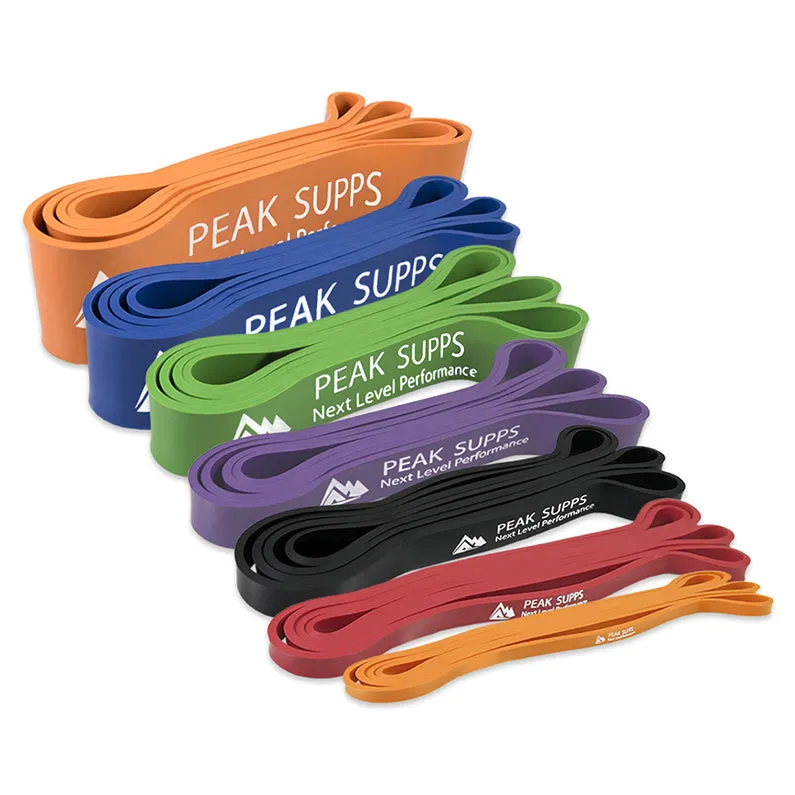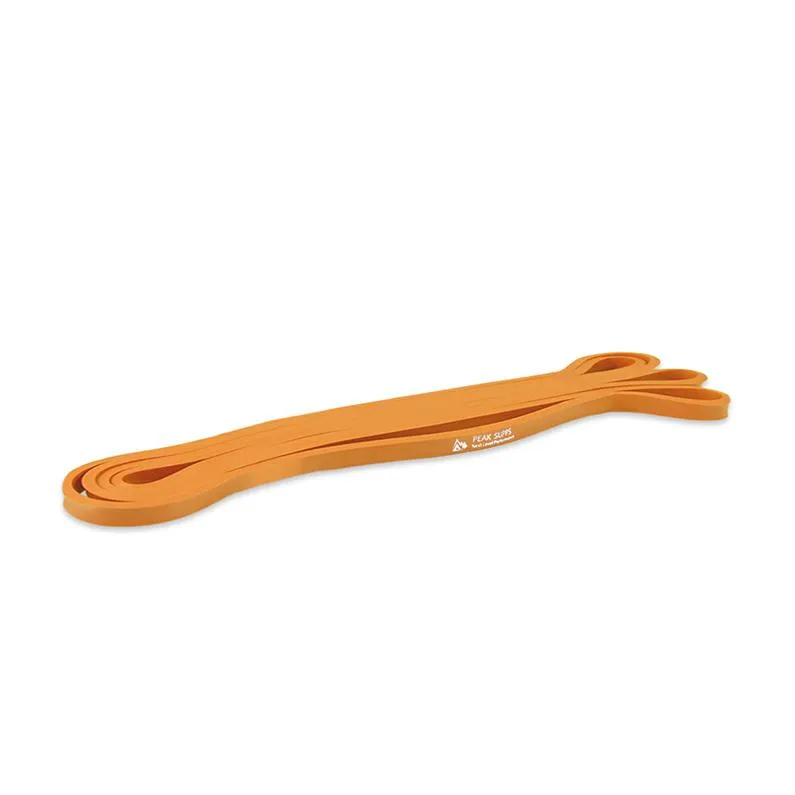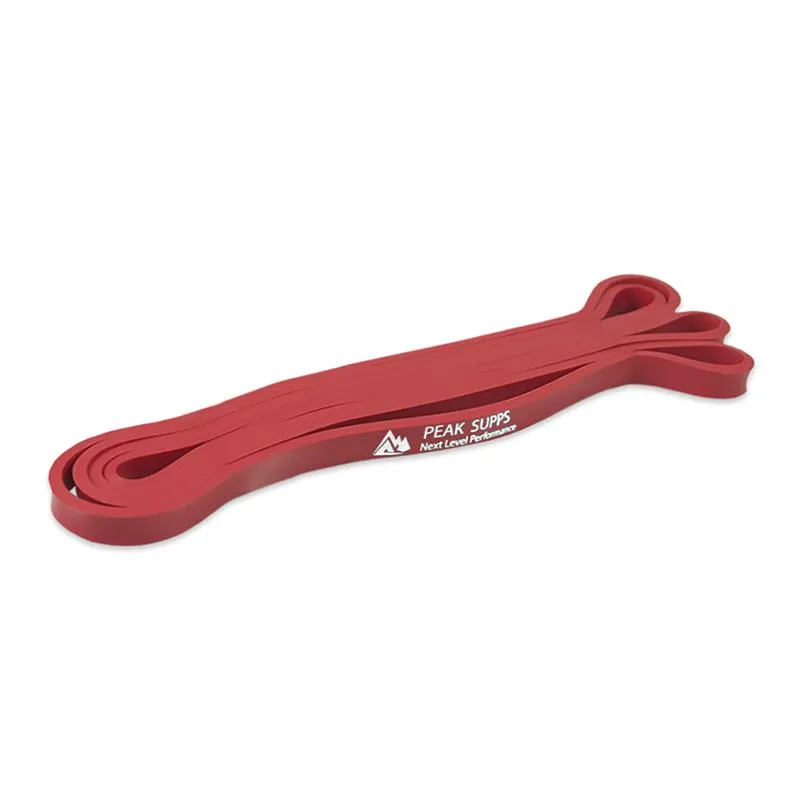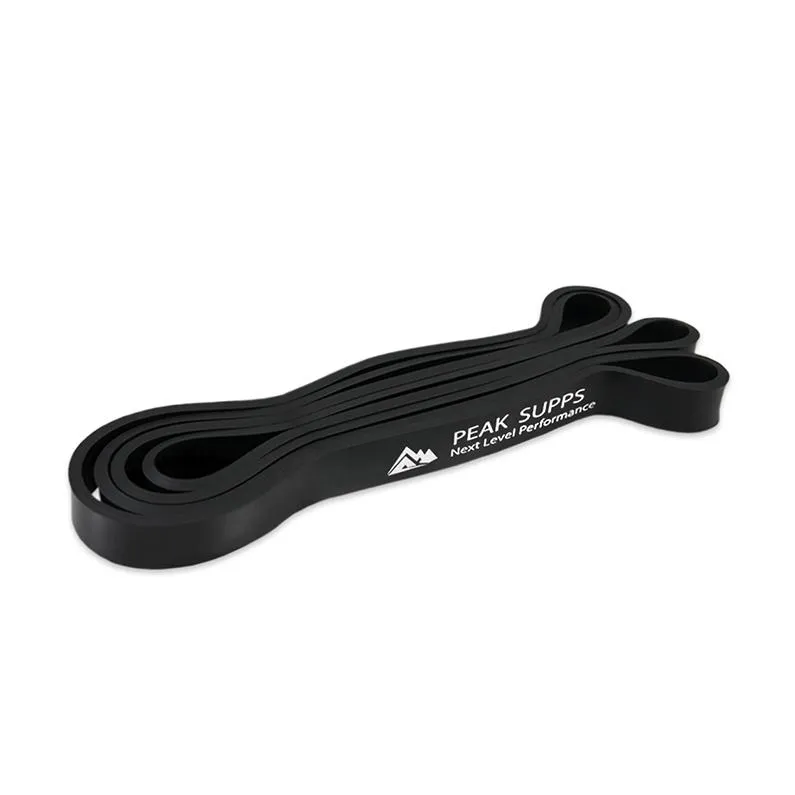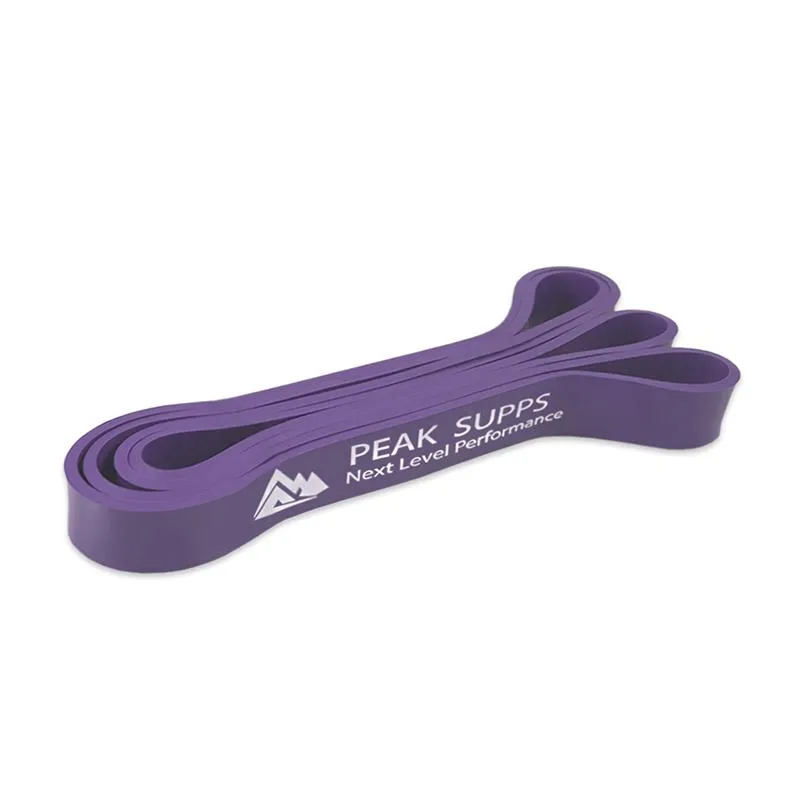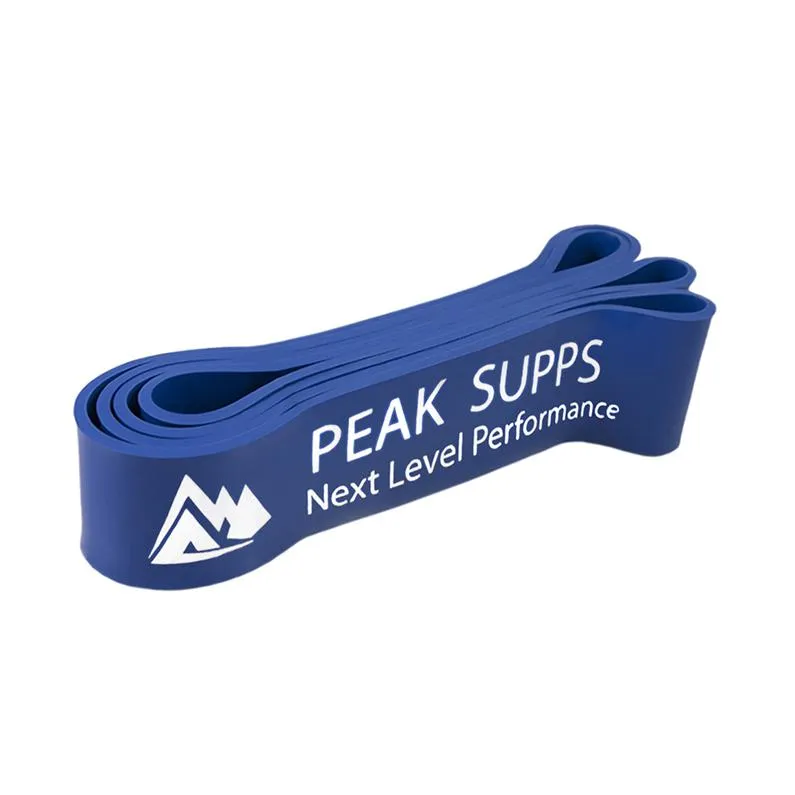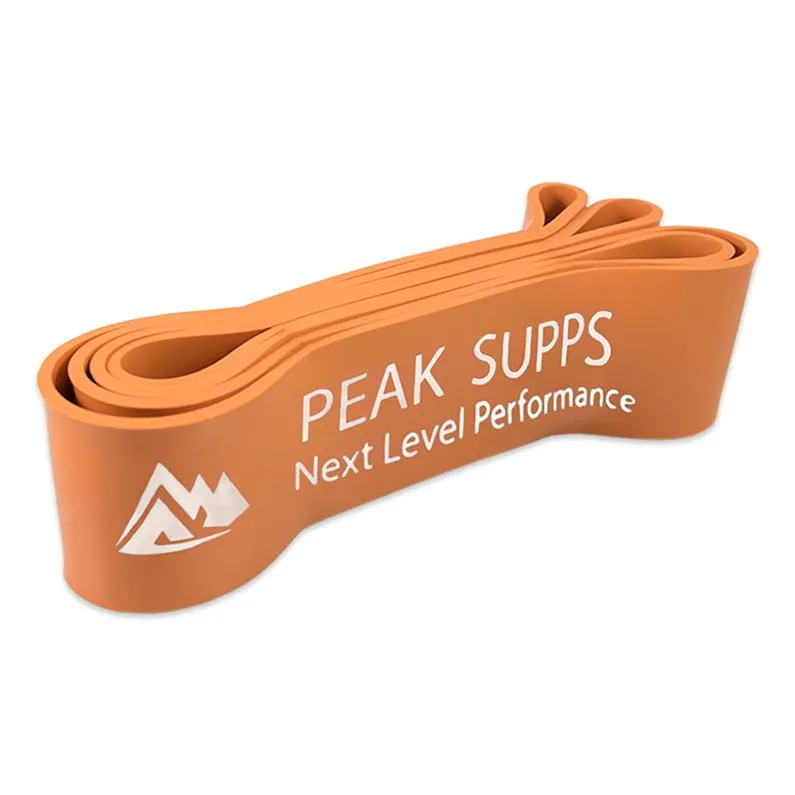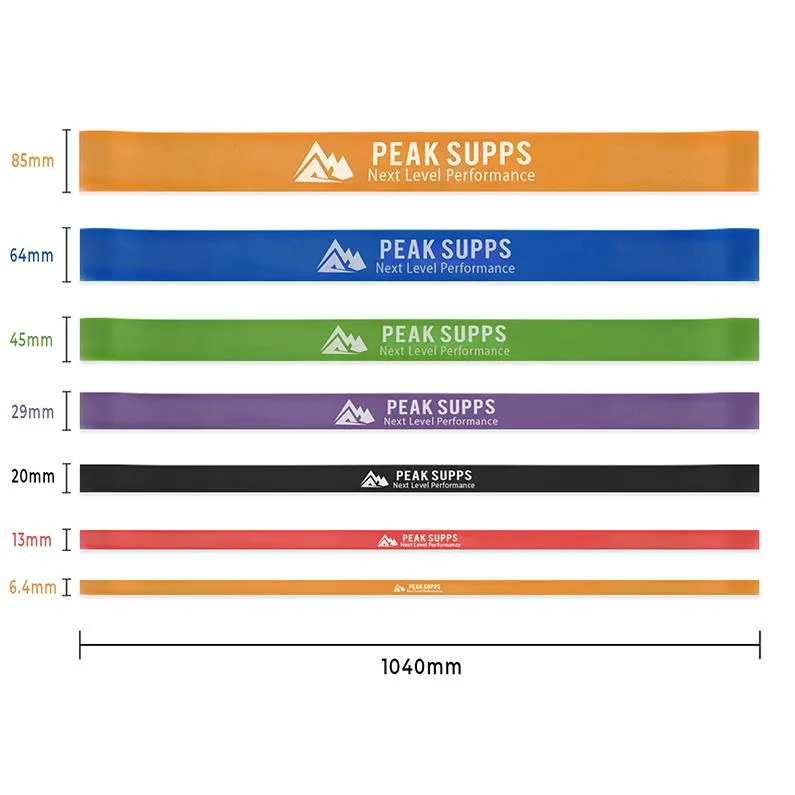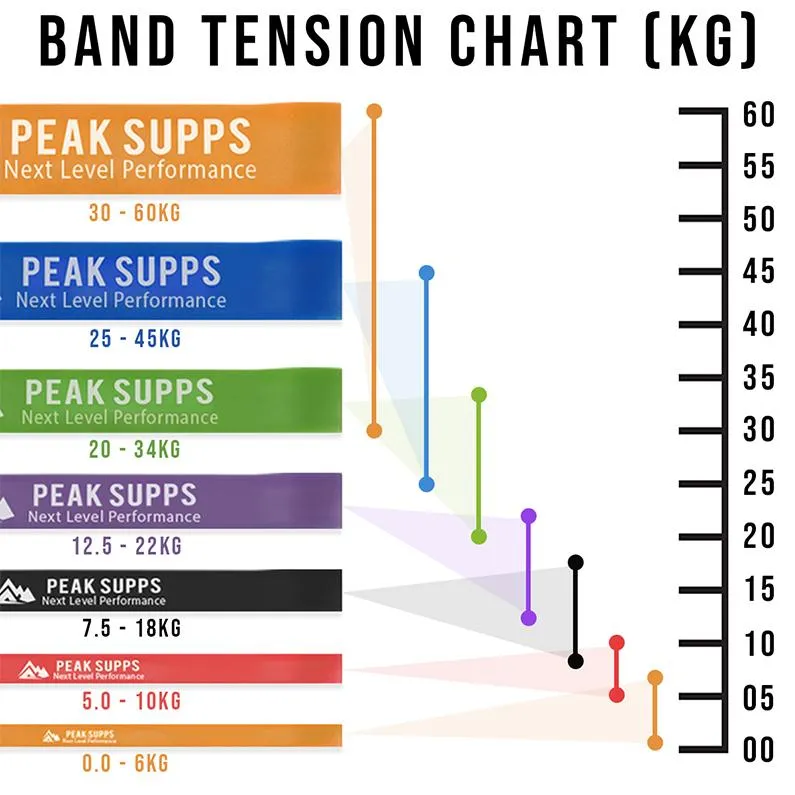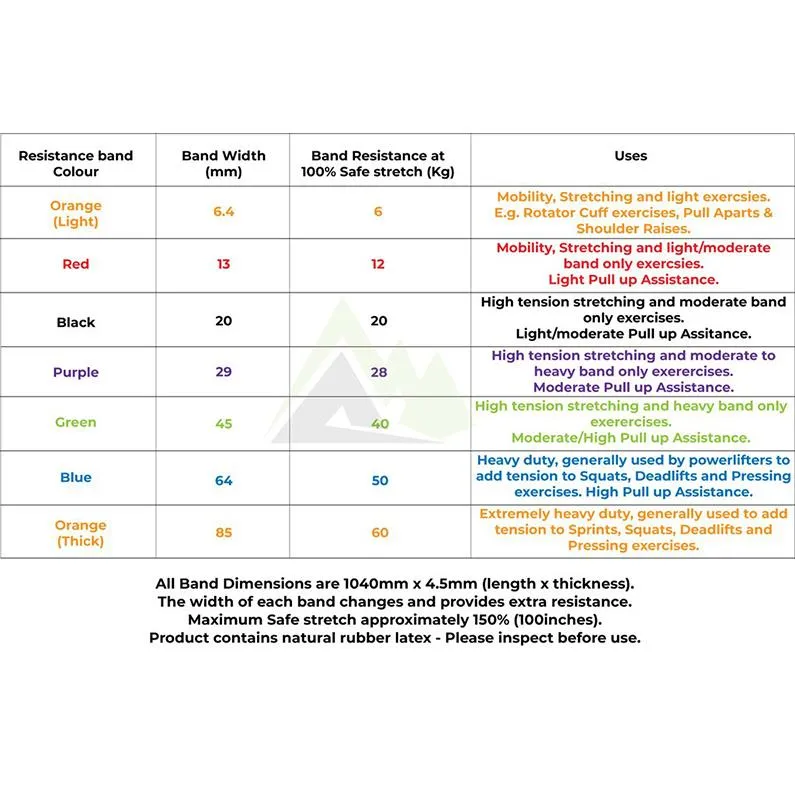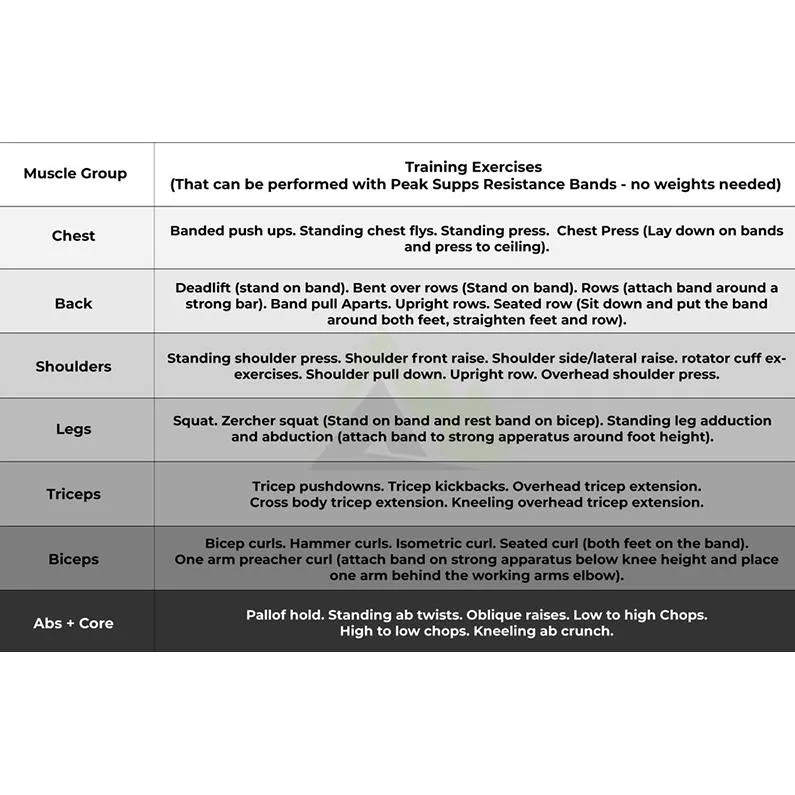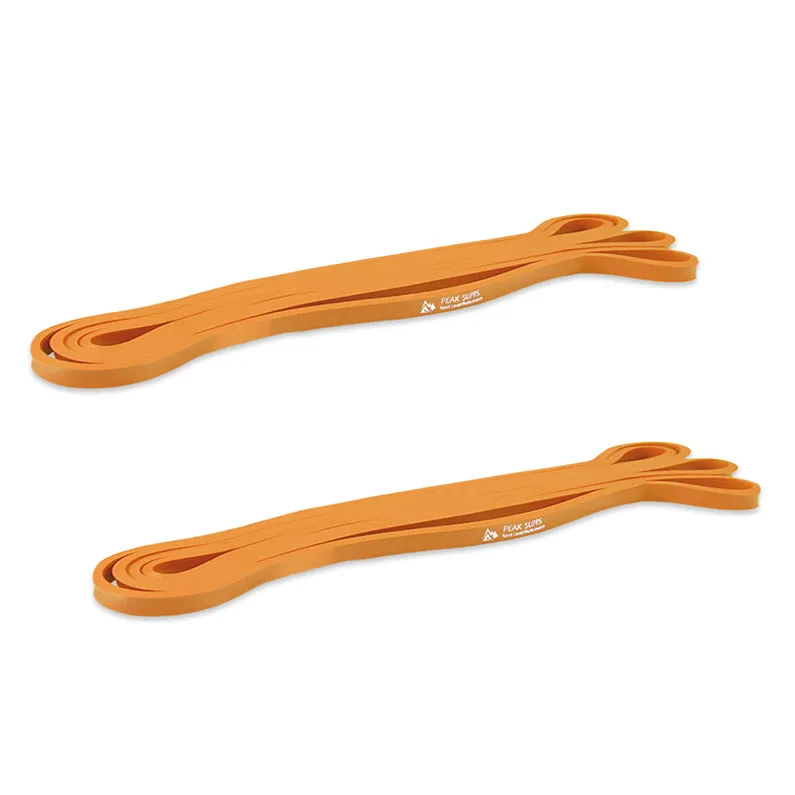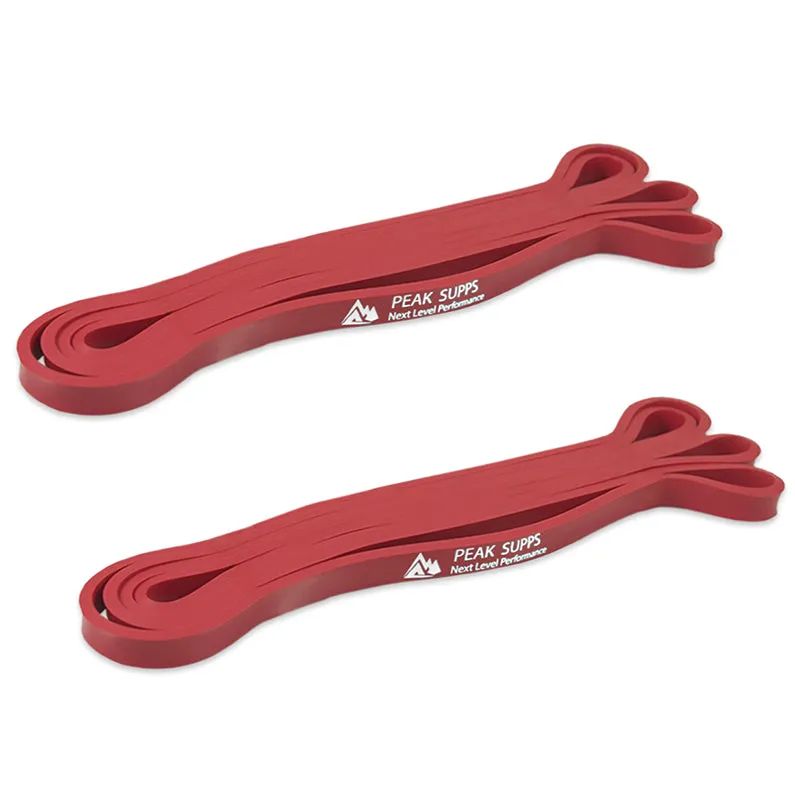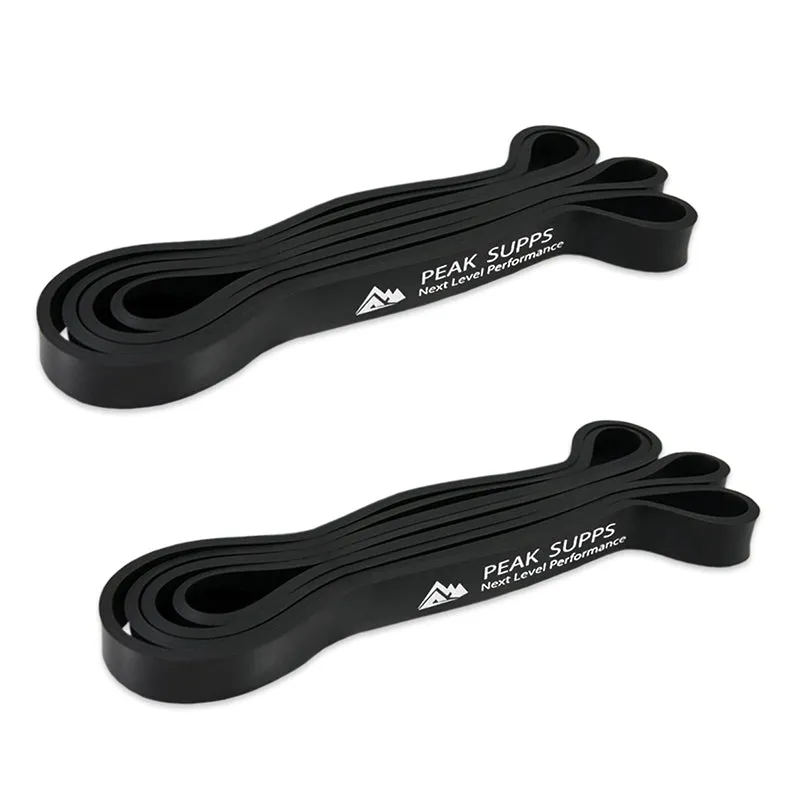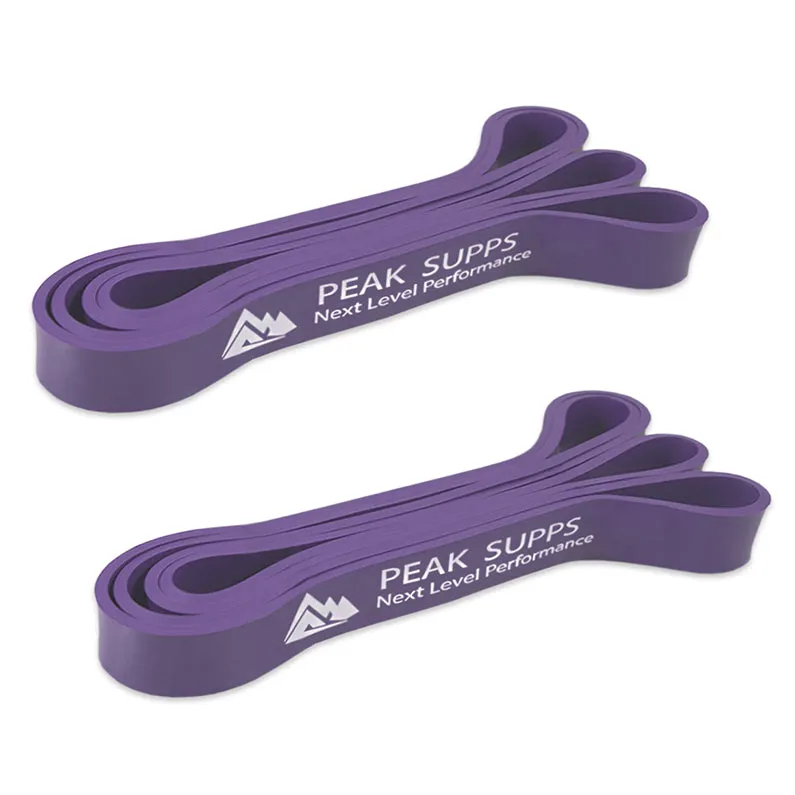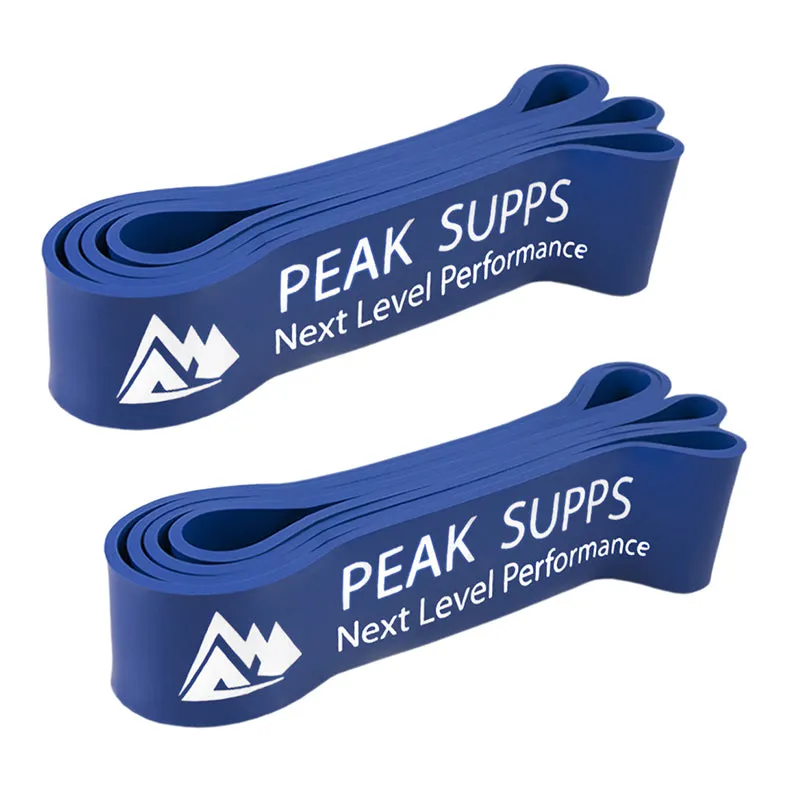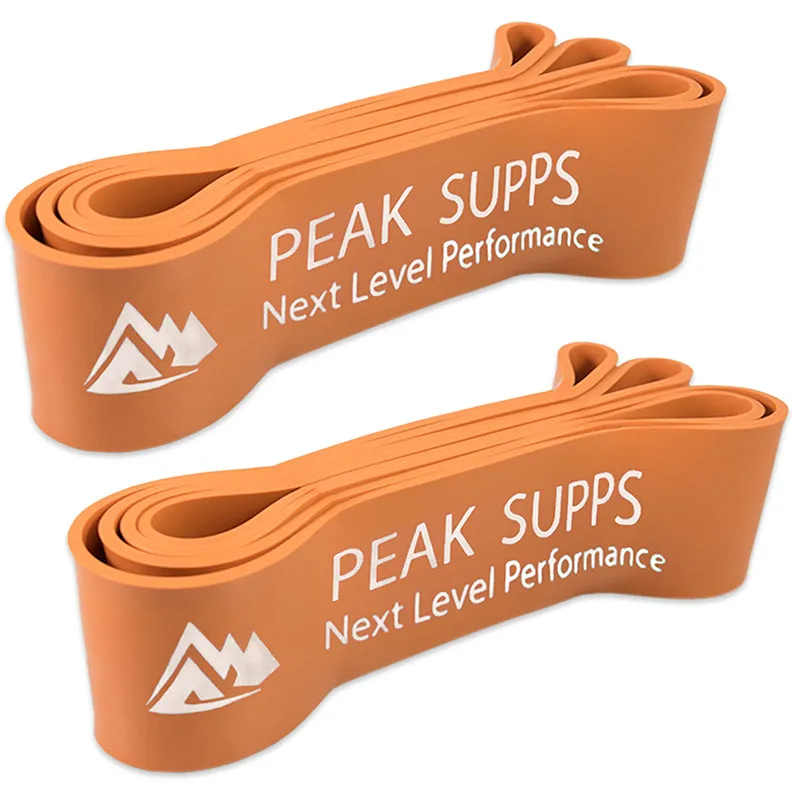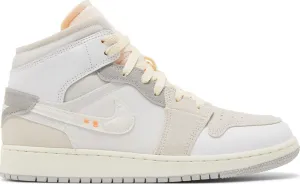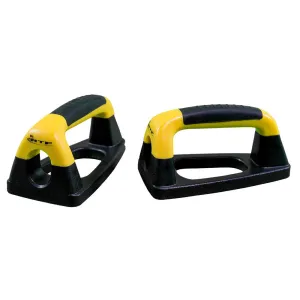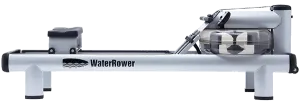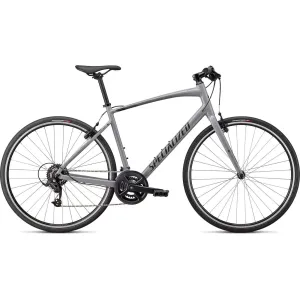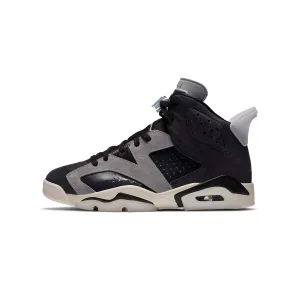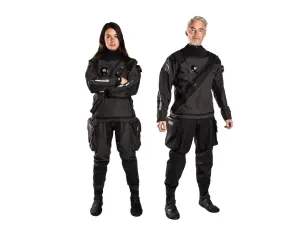***Bands in this listing can be purchased individually or as a pair***
Resistance Exercise Bands - Long Loop (1m)
Resistance bands are an essential tool for most athletes and fitness enthusiasts. They are multi functional and can be utilised by most athletes to improve recovery, flexibility, mobility, and power.
The smaller resistance bands (Orange Thin and Red) are great for mobility work (e.g. Rotator Cuffs), stretching, warming up and can be used for a number of exercises such as:
- Bicep curls
- Tricep extensions
- Shoulder lateral raises
- Bent over rows
The stronger resistance bands can be used for various purposes (to increase or decrease exercise difficulty) an example of this would be to help take some weight off whilst performing pull ups (Attach a band to a secure pull up bar and you are able to rest your feet on the band).
Generally a Black or Purple resistance band are recommended for Pull ups / Chin ups assistance. However, this recommendation is generalised as strength and bodyweight of each individual differs.
Home workout Exercises
These can be done with just the bands!
Bicep - Bicep curls, hammer curls, isometric curl, seated curl (both feet on the band), standing bicep curl (attach band to strong apparatus at chest height),
one arm preacher curl (attach band on strong apparatus below knee height and place one arm behind the working arms elbow).
Tricep - Tricep pushdowns, tricep kickbacks, overhead tricep extension, cross body tricep extension, kneeling overhead tricep extension,
Shoulders - Shoulder press, shoulder front raise, shoulder side/lateral raise, rotator cuff, shoulder pull down, upright row, overhead shoulder press
Chest - banded push ups, flys, standing press, lay down on bands and press to ceiling,
Back - Deadlift, bent over Rows (attach band around a strong object and perform a row), band pull Aparts, upright rows, seated row (put band around both feet, straighten feet and row).
Legs - Squat, zercher squat (rest band on bicep), standing leg adduction and abduction.
Abs & Core - Pallof Hold, standing ab twists, oblique raises, low - high Chops, high - low chops, kneeling ab crunch.
To increase difficulty:
- reduce rest time
- Increase repetitions
- Increases sets
- Hold /squeeze each rep for 1-3 seconds
Band Sizes (Length x Width x Thickness)
The length of all the the bands is the same, the width of the band is the only thing that changes. This increases the resistance required to stretch the band as the width of the band becomes thicker.
Orange (Thin) - 1040mm x 6.4mm x 4.5mm <--- Lightest resistance
Red - 1040mm x 13mm x 4.5mm
Black - 1040mm x 20mm x 4.5mm
Purple - 1040mm x 29mm x 4.5mm
Green - 1040mm x 45mm x 4.5mm
Blue - 1040mm x 64mm x 4.5mm
Orange (Thick) - 1040mm x 85mm x 4.5mm <--- Heaviest resistance
Resistance bands have been adopted into a range of training exercises that largely benefit those training in Body building; Power lifting, Boxing and MMA.
Below are a few examples on how they can be used in each Sport:
Power lifting & Bodybuilding
Bands can be attached to barbells to increase or decrease resistance on bench press, squats, bicep curls, dead lifts etc. An example to increase difficulty on Bench Press would be attaching a band to the outside of the barbell and a heavy secure object below. As you perform the movement you will find the exercise increasingly difficult during the concentric phase (as you push the bar off your chest). The resistance will continuously increase as the bar moves further away from your chest.
Boxing & MMA
An exercise designed to increase punching power - Attach a band to secure upright object at shoulder height. Distance yourself appropriately depending on band resistance and get in your fight stance and then throw punches whilst holding the band.
Increase OR decrease exercise difficulty
Decreasing exercise difficulty would be assisting with pull ups. To increase exercise difficulty an example would be attaching the resistance bands to the floor and bar while performing dead lifts. The resistance would continually increase until you reached the end range of motion.
Examples
Increasing exercise difficulty - Attaching bands to two secure heavy objects on the floor and to both sides of a Barbell and then performing movements such as Dead lifts, Squats, Bench Press, Bicep Curls etc.
Decreasing exercise difficulty - Attaching a band to a pull up bar and connecting it to your feet to help take some weight off and assist you with pull ups.
*Although our Resistance Bands are sourced from a Global leading manufacturer to ensure the highest quality. We recommend that you always inspect your resistance bands carefully before use for any tears, wear or damage. Our resistance bands (like any rubber band) are likely to wear and tear over time. Do not use damaged or worn resistance bands and do not use them for something they are not intended for.
[nutritional]
Disclaimer
Although our Resistance Bands are sourced from a Global leading manufacturer to ensure the highest quality.
We recommend that you always inspect your resistance bands carefully before use for any tears, wear or damage.
When used, natural latex creates a blooming effect which causes oxidation. This appears as white powder on the bands. This doesn't effect the band's functionality; however, we do recommend using a damp cloth with lukewarm water and wipe the surface before use.
Our resistance bands (like any rubber band) are likely to wear and tear over time.
Do not use damaged or worn resistance bands and do not use them for something they are not intended for.
Product contains natural rubber latex.
*Only fix bands to surfaces that allow the bands to stretch evenly and freely (Smooth surfaces ie cylindrical poles, polished metal surfaces).
If the bands are jammed under high friction objects or equipment with abrasive finishes (Jammed under weight discs / knurled bars) the bands will wear quickly at these fixed points and deteriorate / fail at a much faster rate.
[/nutritional]

 Cart(
Cart(